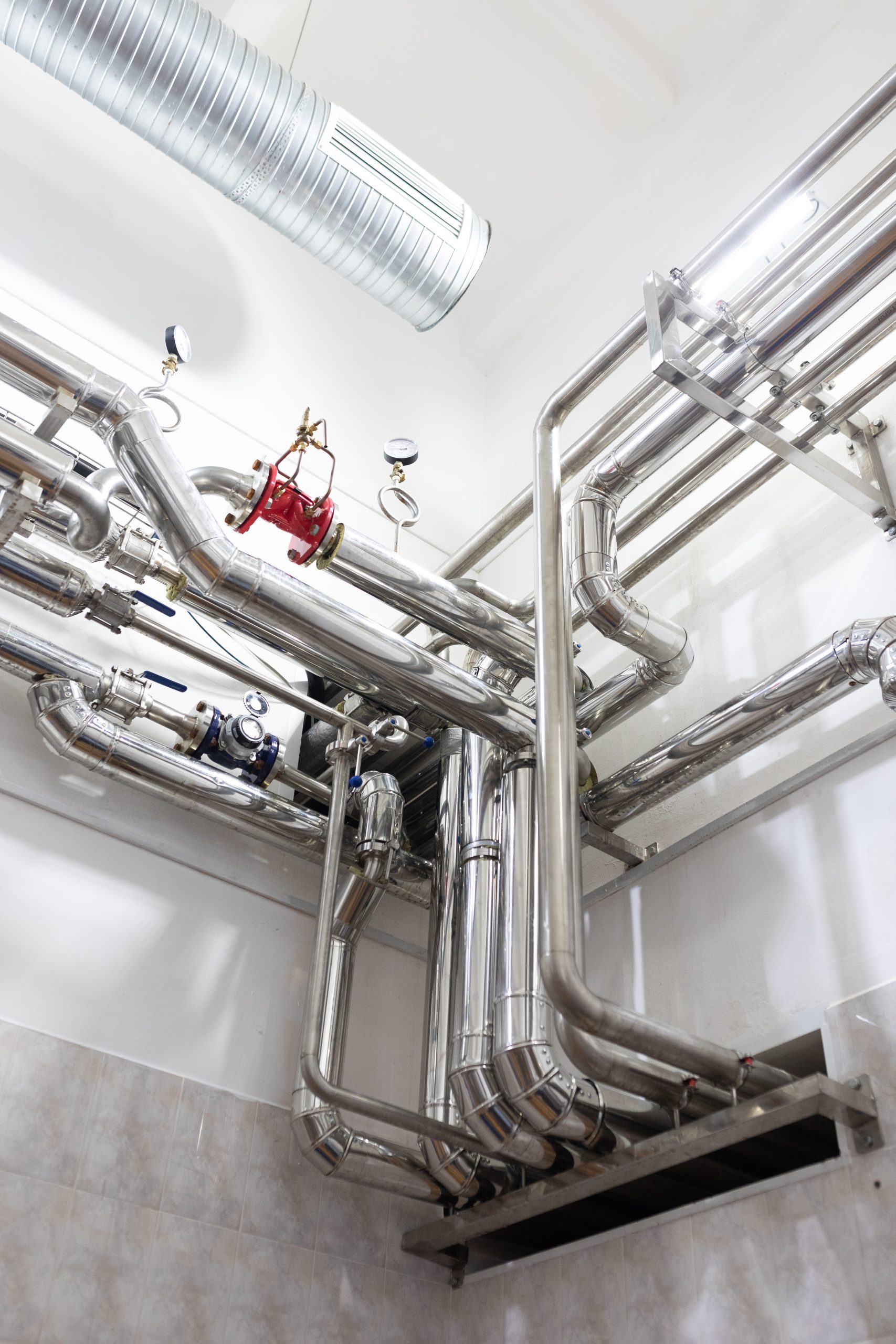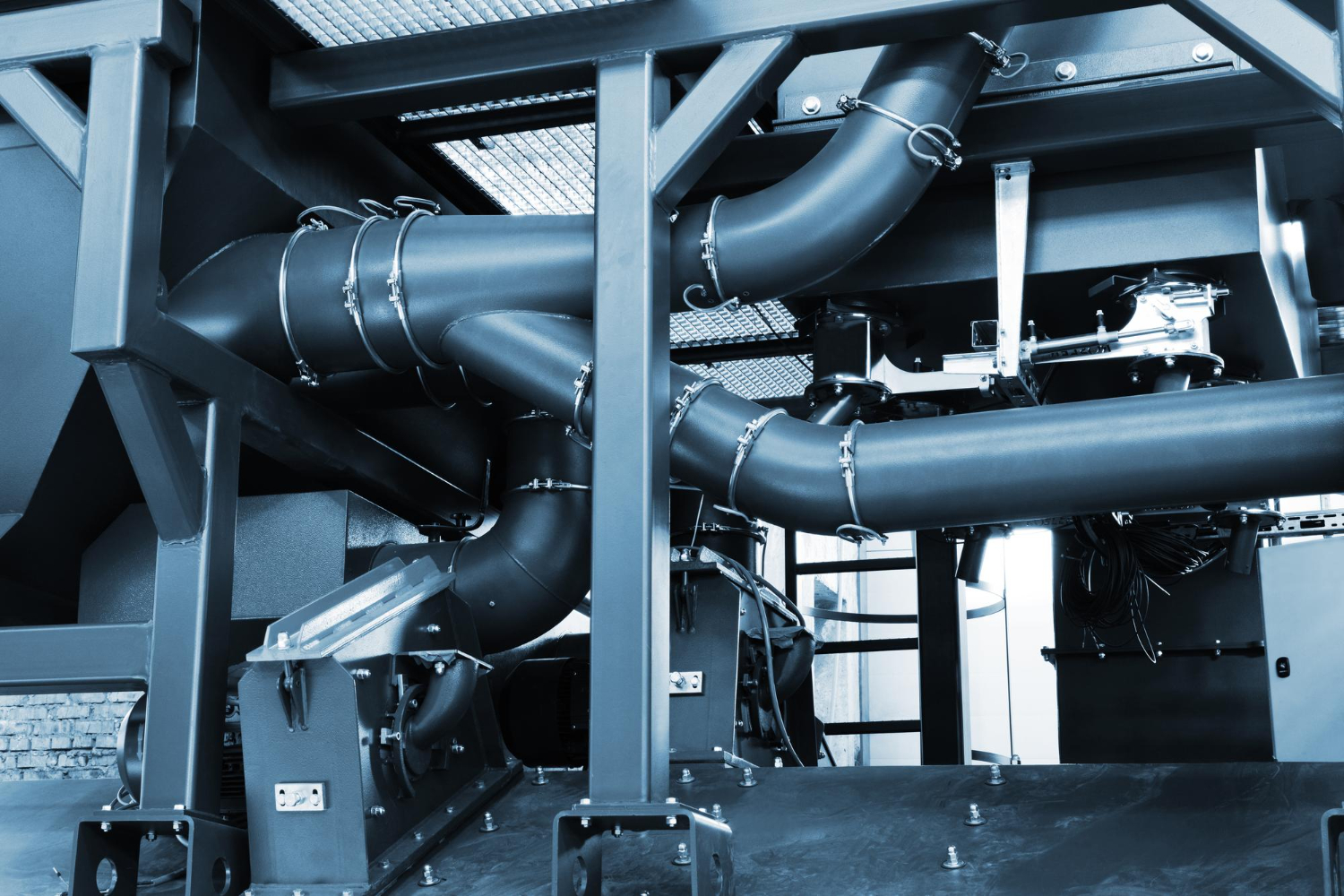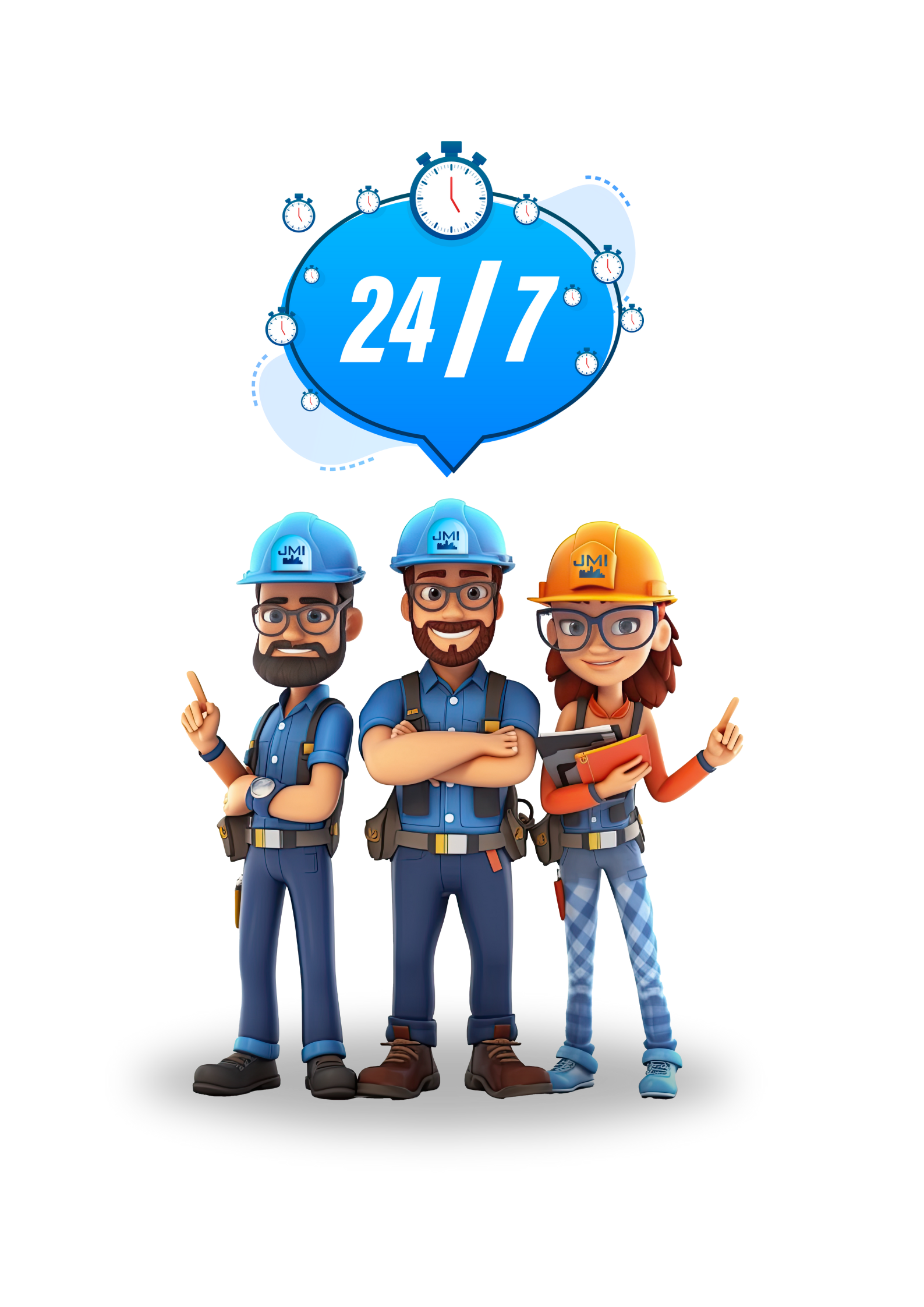Steam Equipment and Accessories
When you choose JMI Mechanical, you’re getting skilled and friendly technicians with a trustworthy brand and reputation. We take pride in our work because we genuinely enjoy what we do, and it reflects in our service!
Enhancing Efficiency and Sustainability: Exploring Steam Equipment and Accessories
Steam heating systems play a vital role in keeping buildings warm and cozy, whether it’s your home, an office building, or a factory. These systems are super important in the world of heating and ventilation. So, let’s break down what they’re all about.
How Do Steam Heating Systems Work?
Imagine this: You’ve got this huge boiler, right? It heats water until it’s so hot that it becomes steam. Then, that steam goes through pipes to different places in a building. When it reaches a radiator or a heating element, the steam gives off its heat, warming up the air around it. Once the steam cools down, it turns back into water and heads back to the boiler to start the whole process again.
What Are the Parts of a Steam Heating System?
There are a few key players in a steam heating system. First up, you have the boiler, which is like the heart of the system because it generates the steam. Then, some pipes carry the steam around the building. Radiators or heating elements are where the heat from the steam is released into the air. And remember about valves and controls that help regulate the flow of steam.
How Do Steam Heating Systems Work?
Imagine this: You’ve got this huge boiler, right? It heats water until it’s so hot that it becomes steam. Then, that steam goes through pipes to different places in a building. When it reaches a radiator or a heating element, the steam gives off its heat, warming up the air around it. Once the steam cools down, it turns back into water and heads back to the boiler to start the whole process again.
What Are the Parts of a Steam Heating System?
There are a few key players in a steam heating system. First up, you have the boiler, which is like the heart of the system because it generates the steam. Then, some pipes carry the steam around the building. Radiators or heating elements are where the heat from the steam is released into the air. And remember about valves and controls that help regulate the flow of steam.

Different Kinds of Steam Heating Systems
When it comes to steam heating systems, there are essentially two main types: direct and indirect. Let’s break down what each of these means.
Direct Systems: Imagine steam being pumped directly into a room or space to warm it up. That’s what happens in direct steam heating systems. It’s like turning on a kettle and letting the steam warm up the air directly.
Indirect Systems: Now, with indirect systems, things work a bit differently. Instead of steam being pumped directly into the space, it’s used to heat something else first, like water or another fluid. This heated fluid then moves through pipes or coils to warm up the room. It’s a bit like how a car radiator works, heating the engine coolant to warm the car’s interior.
Understanding Indirect Steam Heating Systems
Indirect steam heating systems use steam to warm up spaces. Instead of using pumps to move the steam, it flows naturally through pipes because of the pressure it’s under.
To make the steam, there’s a big machine called a steam boiler. It heats water until it turns into steam. Once the steam is made, it travels through pipes to heat different areas, like radiators in buildings.
When the steam cools down, it changes back into water. This water is collected and sent back to the boiler to be heated again. This process keeps repeating, like a cycle. And the cool thing is, no extra pumps are needed to keep the steam moving through the pipes.

Steam Boiler and Radiator System
In steam heating systems, the steam boiler is like the heart of the operation. Imagine it as a big pot that heats water inside it until it turns into steam. This steam is then sent through pipes to different parts of the building where it warms up radiators, kind of like how a stove heats pots on it.
The cool thing is, once the steam is made, it’s pressurized, which means it can move through the pipes all on its own without needing any extra help, like a pump.
Steam Heat Exchangers: Making Heat Move
Now, imagine you want to use steam to warm up water for a different purpose, like maybe for showers or sinks. That’s where steam heat exchangers come in. They’re like special devices that help move the heat from the steam to the water without mixing them.
These heat exchangers make sure the steam stays in its loop while still transferring its warmth to the water. This keeps everything working smoothly and stops the steam from messing up the water it’s supposed to heat.
What You Need for a Steam Heating System
To make a steam heating system work, you need a few important things. First, there’s the steam boiler, which makes the steam. Then, there’s the piping that carries the steam around your building. You also need something called steam traps to help control the steam flow and heat exchangers to transfer the heat where you want it. And remember to make sure you have fuel, water, and a way to clean out the boiler. All of these pieces work together to keep your heating system running smoothly.
Using Steam Heating Systems
Steam heating systems are commonly used in different types of buildings like homes, offices, and factories because they do a good job of keeping indoor spaces warm and comfortable.
Keeping Things Running Smoothly and Safely
To make sure steam heating systems work well and don’t cause any problems, it’s important to take care of them properly. This means checking them regularly to spot any issues, making sure they’re insulated properly so heat doesn’t escape where it shouldn’t, and handling them safely.

Looking Ahead: What’s Next for Steam Heating
People are always working on ways to make steam heating systems better. Efforts are underway to boost efficiency, aiming to reduce energy consumption. This involves exploring alternatives like solar or wind power to heat the water needed for steam production. Additionally, steps are being taken to ensure minimal environmental impact while still providing warmth. This means coming up with new ideas and using smart solutions to make steam heating systems even better for the future.
Looking Ahead: What’s Next for Steam Heating
People are always working on ways to make steam heating systems better. Efforts are underway to boost efficiency, aiming to reduce energy consumption. This involves exploring alternatives like solar or wind power to heat the water needed for steam production. Additionally, steps are being taken to ensure minimal environmental impact while still providing warmth. This means coming up with new ideas and using smart solutions to make steam heating systems even better for the future.
Tackling Challenges and Finding Solutions
There are significant challenges associated with utilizing steam for heating purposes. Issues such as corrosion due to rust formation, optimization of system efficiency, and the environmental impact are currently under scrutiny by a dedicated community of scientists and engineers. Their diligent efforts are focused on exploring innovative approaches to address these challenges, aiming to enhance the performance of steam systems while promoting environmental sustainability.

Wrap-Up
In summary, steam heating systems are really important in many industries because they’re great at keeping things warm efficiently. HVAC professionals must know the ins and outs of these systems so they can set them up and keep them running smoothly.
And if you ever have any issues with your steam equipment, JMI Mechanical is here to help. Whether it’s heating, ventilation, or air conditioning, you can rely on us for top-notch service and support.
FREE QUOTE
Do you need help with HVAC or Plumbing service or maintenance? Fill out this form to get in touch with JMI Mechanical.
OFFICE LINE
ADDRESS
5610 Dividend Rd. Suite A, Indianapolis, IN 46241
WORKING HOURS
OPEN 24/7/365
OFFICE LINE
ADDRESS
5610 Dividend Rd Suite A, Indianapolis, IN 46241
WORKING HOURS




